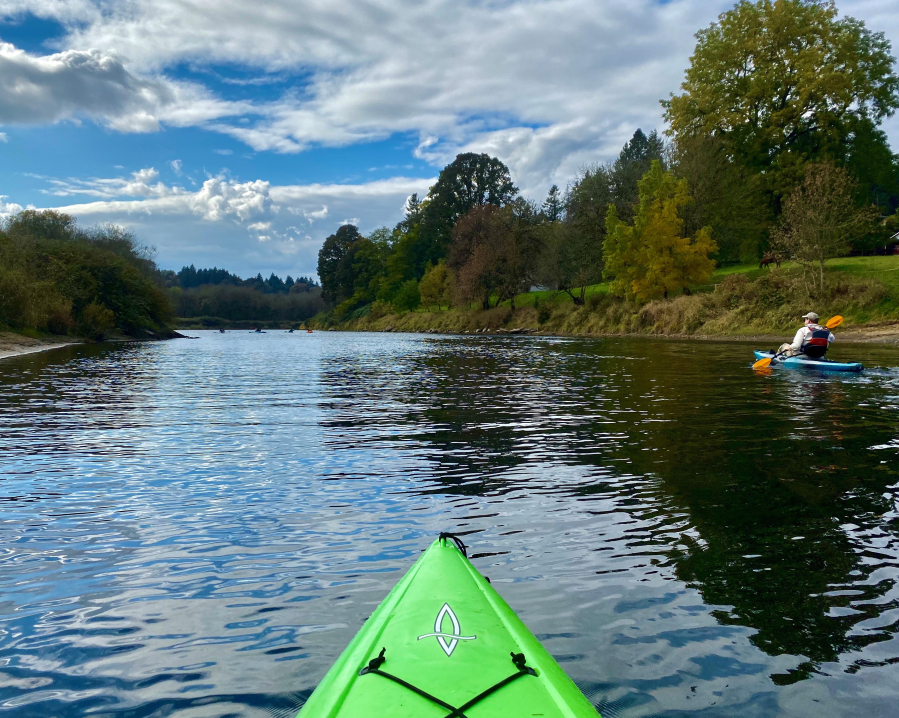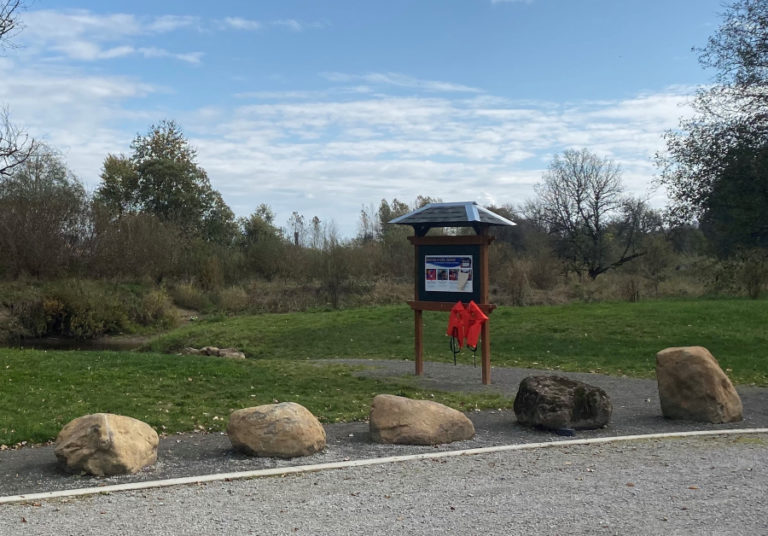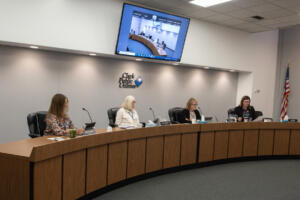A lifelong lover of lakes, rivers, oceans, pools and pretty much all things swimmable, I’ll admit I was overly excited last spring, when my partner, Andy, told me he wanted to go shopping for kayaks.
“My kid’s been kayaking with her dad since she was a little girl. It can’t be that hard,” I remember thinking as we drove to the Next Adventure shop in Southeast Portland.
I soon psyched myself into believing we would become expert paddlers in no time.
And then we tried to hoist Andy’s brand new, sticker-still-on-it, seemingly 10,000-pound fishing kayak over our heads and onto his Subaru.
“I already hate kayaking,” I told him. “Maybe we should just go swimming?”
But we persisted.
And while I may never enjoy lifting kayaks onto a rooftop rack, I can say with confidence that, six months and several paddling adventures later, kayaking is one of the best ways to shake off urban life, let your stress melt away and enjoy some of the prettiest places the Pacific Northwest has to offer.
When we first started kayaking, we stuck primarily to lakes. Then we worked our way up to sloughs, and, most recently, have been exploring the Lewis River-Vancouver Lake Water Trail, which starts near Woodland and winds its way along Clark County rivers and lakes, through a national wildlife refuge in Ridgefield, a state park near La Center, two state wildlife areas and hundreds of acres of conservation land.








